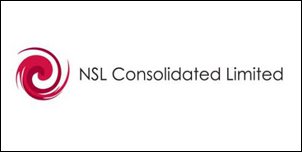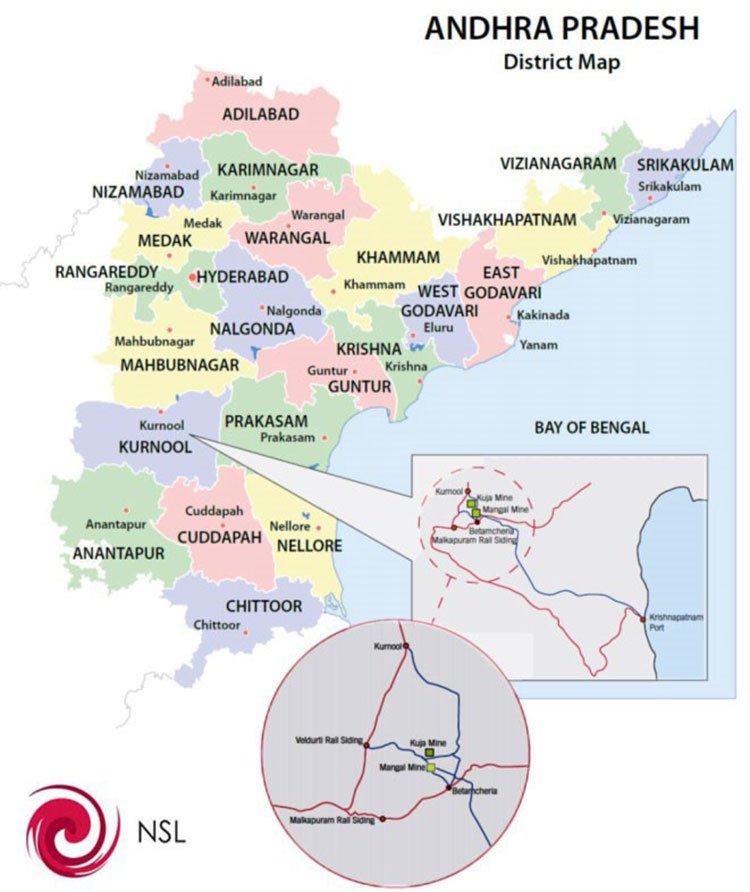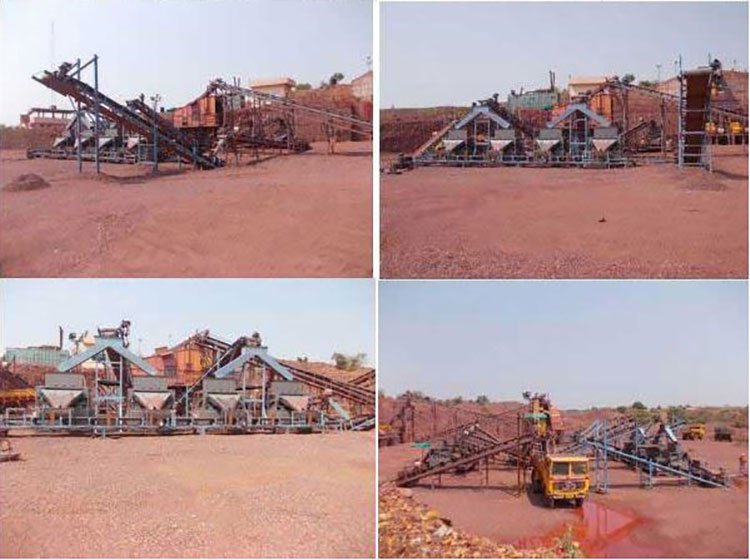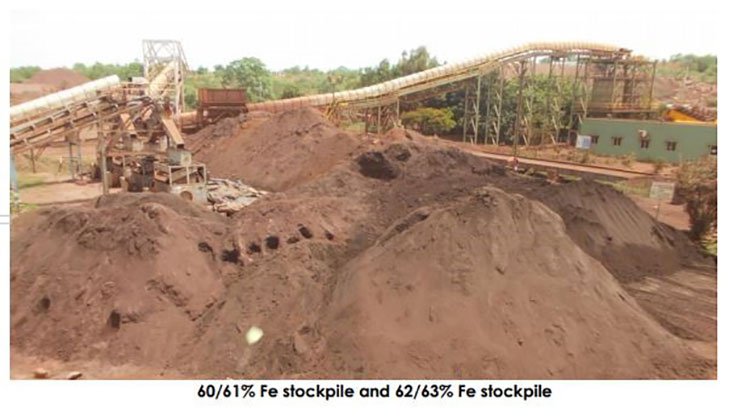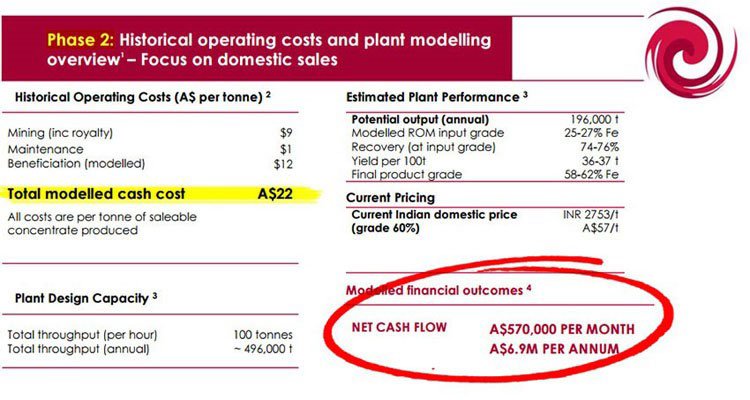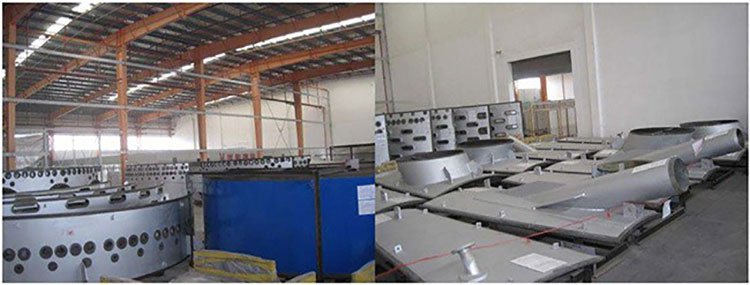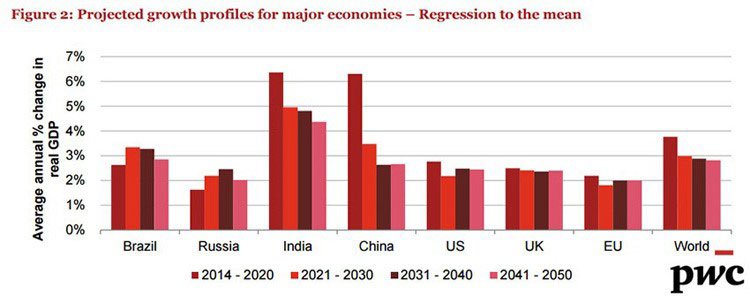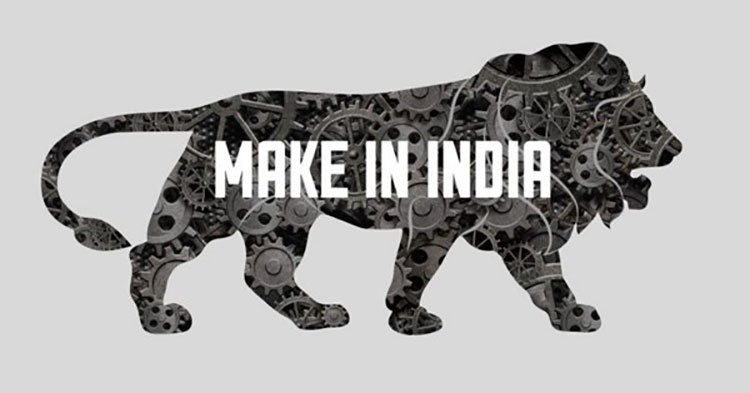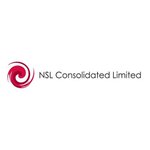NSL Sets Iron Ore Sales Target of 17,000 Tonnes Per Month
Published 03-AUG-2017 09:48 A.M.
|
16 minute read
Hey! Looks like you have stumbled on the section of our website where we have archived articles from our old business model.
In 2019 the original founding team returned to run Next Investors, we changed our business model to only write about stocks we carefully research and are invested in for the long term.
The below articles were written under our previous business model. We have kept these articles online here for your reference.
Our new mission is to build a high performing ASX micro cap investment portfolio and share our research, analysis and investment strategy with our readers.
Click Here to View Latest Articles
We’ve made the comparison between NSL Consolidated (ASX:NSL) and a Silicon Valley tech play before – disrupting the iron ore industry through the application of beneficiation technology to undercut the big boys.
Sure, NSL is an iron ore miner centred on the Andhra Pradesh region of India – a region which is set to play its part in one of the more bullish economic stories this century – but it’s becoming so much more.
In this article, we’ll go through a re-fresher for those of you just coming to the story, but the news flow since we last caught up has been more of a torrent.
Sales to Indian domestic steel producers have commenced with an advanced payment received by NSL and deliveries dispatched on an initial order for premium 60/61% Fe from the $594 million capped Minera Steel & Power Pvt. Ltd.
Minera is one of the fastest growing steel manufacturing companies in India and is one of the key proponents tasked with building ‘ a new India’ , which includes increasing engagement with foreign businesses and governments.
Given NSL’s position in India, it is well-placed to capitalise on the positive sentiment towards foreign investors.
However, NSL remains a speculative investment and investors should seek professional financial advice if considering this stock for their portfolio.
Minera has an initial 5000 tonne order on similar commercial terms to existing customer orders and has flagged its intent to receive 15,000 tonnes per month of the premium 60/61% Fe product for their operations.
So keen is Minera for NSL’s product that it has reconfigured its plant to accept NSL product. Dispatch of the product commenced on July 22 in what could be a very long and lucrative partnership between the companies.
The Minera deal comes on the back of NSL’s work with Infinity Ores, which has delivered approximately 10,000 tonnes of feed, which can be utilised by NSL in the production of iron ore concentrate for any customer.
NSL is currently in negotiations with customers including JSW Steel, Gerdau Steel, Srikalahashti and other smaller steel plants.
The company expects sales to increase month on month from now of between 5000 and 10,000 tonnes in August to achieve a run rate of 200,000 tonnes per annum in October – just a couple of months from now.
Adding further weight to this play is the execution of a strategic cooperation agreement with Beijing listed Shandon Xinhai Mining Technology & Equipment Inc. for the provision of wet beneficiation plant Engineering, Procurement and Construction (EPC) services.
Xinhai has 500 mining EPC projects encompassing 70 kinds of mineral ore technologies patents and is also looking to further its exposure in the growing Indian economy, this time potentially on the back of one very specific Australian company – NSL.
NSL has been busy this quarter, not only ramping up its iron ore production, also advancing work relating to a Binding Joint Venture Agreement for the establishment of a greenfield steel making plant in Andhra Pradesh. Based on current Indian mining and pellet industry norms for integrated plants, this indicates a possible AU$44-$52 per pellet tonne operating profit for NSL.
Given these figures, NSL is keen to progress its downstream pellet strategy.
Clearly, something out of the ordinary is going on at NSL... a company, then, that seems anything but ordinary.
Re-introducing:
While NSL has other things on its plate, the main game is its phase one and phase two beneficiation plants in the Andhra Pradesh region of India.
These plants essentially take lower grade iron ore mined at its Kuja and Mangal projects and turns it into a saleable grade – the type of operation which is common in other places in the world including China and Brazil but really hasn’t found its way to India.
To get a flavour for the NSL story, you can take a look at previous articles on one of the more unique iron ore opportunities out there:
· Cashed-up NSL on the Inside Track to Revenue Generation
· NSL signs MOU with $86Bn Indian State Government
· Iron Ore Disrupter One Step Closer to Indian Summer
· New Revenue Streams and Magnesite Dreams for NSL
Reading through these stories, you will discover that NSL has already built the phase one plant and phase two plant.
The company brings in ore at grades of between 20-35% and puts it through the plants to make it a 58-62% grade iron ore – which can then be sold off to steelmakers in the region.
This plant is already producing with offtake deals with major industrial customers already penned – and the revenue is starting to come in.
At a in excess of $30/t mechanism, the first year of full production at the plant should be able to net NSL about $6 million.
Meanwhile, optimisation of plant throughput and output has been ongoing as part of phase two , with NSL successfully beneficiating material within the plant design of 58-62% Fe from NSL’s own run of mine (ROM) material and blends of third party feed. Grades in excess of 62% Fe have also been achieved.
NSL managed to snag a cut-price deal for the plant – bagging a 25% saving on the price of the plant by taking advantage of the slowdown of manufacturing in China.
It turns out that manufacturers are now scrapping for work in China – making it very much a buyer’s market.
The economics on this plant are compelling.
NSL has also already bagged offtake deals with two major Indian players in JSW Steel and BMM Ispat – meaning all NSL now needs to do is get the plant on site and producing and now also has its agreement in place with Minera for whom initial supply is set to be completed within weeks.
As already stated, Minera desire 15,000 tonnes per month. Right now, the pair has implemented a recurring business cycle of regular advance payments deposited by Minera , and continued dispatch by NSL. To date, approximately 1000 tonnes have been delivered.
As a ballpark figure, if both phase one and two plants are up and running at maximum capacity then NSL can expect free cash flow of about $10.9 million per year.
We should note that’s a ballpark only and pretty much relies on full production and offtake from both plants and the underlying assumptions on both plants including domestic steel price remaining exactly the same – which is pretty unlikely. Therefore investors should not base an investment decision on this speculative figure alone and should take a cautious approach to any investment decision made with regard to this stock.
The great thing about the offtake deals is that they remain non-binding, which means NSL is free to explore the market for a better deal – and it may have just found one...
Additional sales
Whilst the Minera news is big in terms of what NSL can achieve in the near future, it already has a 20,000 tonne Purchase Order in place received for premium 60/61% Fe from Infinity Ores (IFO), with a higher sales price of AU$67 due to the strengthening local domestic iron ore market.
NSL has also received an additional commercial Purchase Order from IFO for 20,000 tonnes of the premium product produced by the Phase Two wet beneficiation plant to be supplied in the coming months.
The advantage for NSL comes not only in its supply, but in the increase in the strength of the local domestic iron ore market.
The strength of the market has enabled NSL to negotiate the additional purchase from IFO at a higher sales price than the initial order.
Infinity Ore made an advanced payment for its wet plant iron beneficiation and NSL now expect to receive regular payments.
NSL isn’t all about iron ore though.
Intellectual capital
Interestingly, NSL’s best asset may not even be iron ore-related. To understand why, we’ll need you need to go back a bit.
NSL has been in India, and Andhra Pradesh for quite a while, in fact, it’s been there for about eight years.
So, it’s figured out how to swim the waters of government and business in a country which is notorious for being quite a slow burn.
In January this year it bagged a Memorandum of Understanding with the state government of Andhra Pradesh.
Included in the terms of the MOU was an understanding that the government would help NSL with prompt land acquisition, adequate infrastructure development, and offering incentives for project development.
This included the development of a 28,000 acre Mega Industrial Hub which would include access to water, power, road, and rail.
The MOU also outlined a tentative deal to have NSL construct and operate a centralised pellet plant.
NSL managing director Cedric Goode, in an interview with Next Mining Boom sister publication Finfeed.com last year outlined the benefits of having been in India, building the foundations of the business, for so long.
“We have this great black box of intellectual property now about what to do, when to do it, how to do it, who to speak to about it, what process to follow, how long it’s going to take and all those sorts of things,” Goode was quoted as saying.
“We’ve been through these things with complete processes at so many levels on multiple mining leases, and so things do feel like they happen a lot more quickly for us now.
“What I will say is that from an India level there is an absolute intent to try and speed up the processes and make things happen.”
The more we think about it, the more we realise that NSL isn’t necessarily building an iron ore business – it’s building an intellectual capital business .
Stay with us here.

NSL has long been the only foreign-owned and operated iron ore miner in the entire country of India, and as such is uniquely positioned to navigate the waters of the Indian system.
What if another company wanted to on-board that expertise...?
In May, we got a glimpse of what that may look like.
NSL signed an MOU with Chinese outfit Wei Hua Group to build a steel making plant in Andhra Pradesh.
It’s forming a 50-50 JV with the Chinese company to build the plant – only NSL doesn’t actually need to pay a cent under the deal.
That’s right – not a cent.
Under the terms of the MOU, Wei Hua will provide all the steel mill equipment, much of it already sitting in China for deployment.
Wei Hua will pony up the dough for the construction of the mill and all the people required to construct it.
Sounds like a pretty great deal for NSL to us – so how did the ASX company with a then cap of just under $15 million do this kind of deal with the Chinese industrial giant with revenue exceeding $1 billion in 2015?
It all comes back to intellectual capital and the relationships NSL has managed to form in the region.
NSL’s end of the deal is to basically take care of all the permitting and approvals for the steel mill.
That’s it.
NSL told its shareholders when announcing the deal that a “key enabler” of it was the MOU NSL had managed to sign with the Andhra Pradesh government for the construction of the aforementioned Mega Industrial Hub.
NSL has done the ground work in the region, and now foreign companies who don’t want to start in the region from scratch are coming knocking on NSL’s door to see if they can access some of the gains made by NSL.
Again, the real value of NSL here isn’t just about iron ore but about intellectual capital.
The benefit of the deal could be huge.
Not only will NSL get a 50% stake in a steel mill but you’d think it would have a ready-made customer for its iron ore in the guise of Wei Hua ready to go.
Please note though that the deal is at an MOU stage, and more than a few more steps have to be taken until this sort of arrangement is seen through to fruition, so investors should seek professional financial advice for further information when considering this stock for their portfolio.
We can’t help but to turn our minds to speculation on this one – given the unique nature of the deal.
NSL managed to leverage its MOU and relationship with the Andhra Pradesh government to play matchmaker between the government and foreign companies – and managed to take a slice of the action itself into the bargain.
It begs a very simple question.
Could NSL be the go-between for foreign companies wanting to get into the industrial revolution playing out in Andhra Pradesh?
As we said, rampant speculation on our part.
It shows the dollars and cents value which NSL has managed to derive from working its contacts and its relationships for more than five years in the country.
The question is why Wei Hua and other foreign companies would want to get into the region in the first place...
Talking about a revolution
India is shaping up as one of the major growth stories of the 21 st Century.
It’s a pretty big claim, but then again, there are some pretty big numbers being thrown around at the moment regarding the transition of India’s economy and society.
Much like China transitioned by building out its middle class, and subsequently its cities, much the same is predicted for India.
Now quite on the same scale, but some impressive growth figures are being thrown around.
For example, this graphic from PWC (which we’ve used before) outlines India as one of the hotspots for industrial activity in the midst of a global cooldown post China boom.
As you can see, moving forward, India remains the bright spot of major industrialised nations.
So, what’s driving the bullish predictions?
Well, India has a lot of catching up to do and it’s got a Prime Minister who is starting to put the pieces in place.
Nerendhra Modi is driving a lot of excitement in international investment circles as finally, it seems like India has a Prime Minister who knows how to get stuff done in a country where chaos can be the order of the day.
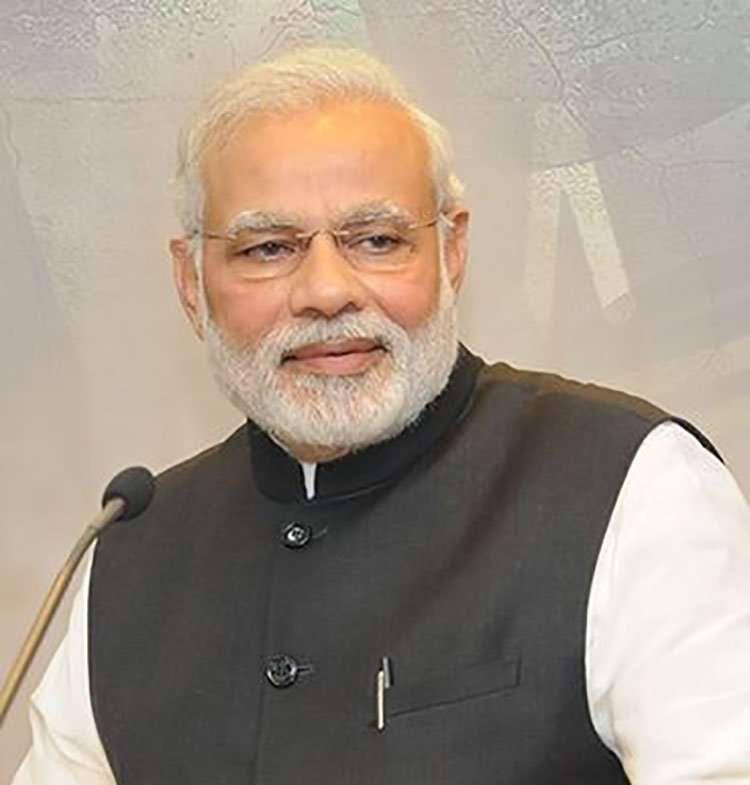
One of the reasons people are excited by ‘Modi-nomics’ is that he was head of Gujurat State for about 10 years from 2001 – in which time it underwent an economic and industrial renaissance.
In that time, he managed to turn a major deficit of $1.78 billion to a surplus of $780 million – that in itself a pretty great feat.
The infrastructure rating for the state, meanwhile is one of the highest in the country and it accounts for 17% of the country’s total factory value.
It came from virtually nowhere when he became governor to become an industrial powerhouse – so many are quite rightly asking whether he can repeat the trick again.
Luckily for NSL, steel manufacturing and manufacturing in general is shaping as key to the economic plan Modi has outlined.
He has previously stated that he wants manufacturing to become 25% of India’s GDP – up from 16%.
A lot of observers have noted that it’s probably not going to hit that 25% mark, but outlining such a string growth target has a lot of people excited.
What that looks like in real, on the ground terms, is starting to take shape as well.
Two key measures include the ‘Make in India’ initiative, a campaign to emphasise the importance of locally-manufactured goods.
This includes a whole bunch of measures to make manufacturing easier in the country, but we’ve just picked out one which could have a major impact on the steel industry in the country – and therefore on iron ore miners such as NSL.
Get Smart (Cities)
It basically has a plan to retrofit 100 cities around India to make them into ‘smart cities’.
We’re talking infrastructure, modern facilities, and new buildings.
About $US15 billion has been approved by the Indian senate for the effort so far, showing the scale of the investment at play here.
That’s going to involve a lot of steel, and a lot of foreign investment – both areas where NSL has a role to play.
In fact, the future for the Indian steel industry because of the scope of projects such as the Smart Cities initiative is very bright indeed.
This, from Ernst & Young:
“The new Government at the centre has, however, rekindled hope in the industry. The ambitious infrastructure projects and the thrust in manufacturing through the “Make in India” campaign are steps in the right direction,” it said in a report on the Indian steel industry.
“The plan for smart cities, improved road and rail connectivity by building highways, bridges and dedicated freight and superfast rail corridors have huge potential to spur domestic steel demand.
How is the rhetoric matching up to the expected reality on the ground?
India is expected to become the world’s second largest producer of crude steel in the next decade, with capacity projected to increase to about 300 million tonnes per year by 2025.
That’s up from 81Mt in 2013 – meaning NSL is taking part in a story with a rate of 370% growth over the next decade – that’s pretty fertile ground to be tilling.
The huge ramp up in Indian steel production is expected to have a knock-on effect on other key raw materials such as iron ore and coking coal.
India continues to have one of the lowest per capita steel consumption rates in the world with the majority of its cities lacking modern infrastructure built with steel – meaning there’s room to grow.
The message here is that NSL is taking part in one of the major industrial shifts of the next 50 years – and it’s got its feet on the ground before many other foreign companies have gotten wind of the change.
By getting in early, we’re starting to see the kind of dividends NSL could reap.
The Final Word
We’ve called NSL a disruptive technology company before, but now we’re starting to realise that it’s an intellectual property business as well.
Sure, it’s an iron ore miner – but it’s unlike any other iron ore miner on the ASX.
The company will admit it’s been a long road to get to this point, but it’s now in a space where it could very well be a kingmaker in the Andhra Pradesh industrial scene.
Foreign companies wanting a slice of the action in the region could do worse than tap NSL for advice and ore – and like all good companies NSL’s advice doesn’t come for free.
The deal with Wei Hua demonstrates that through the power of its intellectual capital it can punch well above its weight in the corporate world.
And deals with companies such as Minera, show it is also riding the iron ore wave.
In what other circumstance would a multi-million capped company or a company with a billion dollars in revenue be doing business with a company with less than a million in revenue?
General Information Only
This material has been prepared by StocksDigital. StocksDigital is an authorised representative (CAR 000433913) of 62 Consulting Pty Limited (ABN 88 664 809 303) (AFSL 548573).
This material is general advice only and is not an offer for the purchase or sale of any financial product or service. The material is not intended to provide you with personal financial or tax advice and does not take into account your personal objectives, financial situation or needs. Although we believe that the material is correct, no warranty of accuracy, reliability or completeness is given, except for liability under statute which cannot be excluded. Please note that past performance may not be indicative of future performance and that no guarantee of performance, the return of capital or a particular rate of return is given by 62C, StocksDigital, any of their related body corporates or any other person. To the maximum extent possible, 62C, StocksDigital, their related body corporates or any other person do not accept any liability for any statement in this material.
Conflicts of Interest Notice
S3 and its associated entities may hold investments in companies featured in its articles, including through being paid in the securities of the companies we provide commentary on. We disclose the securities held in relation to a particular company that we provide commentary on. Refer to our Disclosure Policy for information on our self-imposed trading blackouts, hold conditions and de-risking (sell conditions) which seek to mitigate against any potential conflicts of interest.
Publication Notice and Disclaimer
The information contained in this article is current as at the publication date. At the time of publishing, the information contained in this article is based on sources which are available in the public domain that we consider to be reliable, and our own analysis of those sources. The views of the author may not reflect the views of the AFSL holder. Any decision by you to purchase securities in the companies featured in this article should be done so after you have sought your own independent professional advice regarding this information and made your own inquiries as to the validity of any information in this article.
Any forward-looking statements contained in this article are not guarantees or predictions of future performance, and involve known and unknown risks, uncertainties and other factors, many of which are beyond our control, and which may cause actual results or performance of companies featured to differ materially from those expressed in the statements contained in this article. S3 cannot and does not give any assurance that the results or performance expressed or implied by any forward-looking statements contained in this article will actually occur and readers are cautioned not to put undue reliance on forward-looking statements.
This article may include references to our past investing performance. Past performance is not a reliable indicator of our future investing performance.

